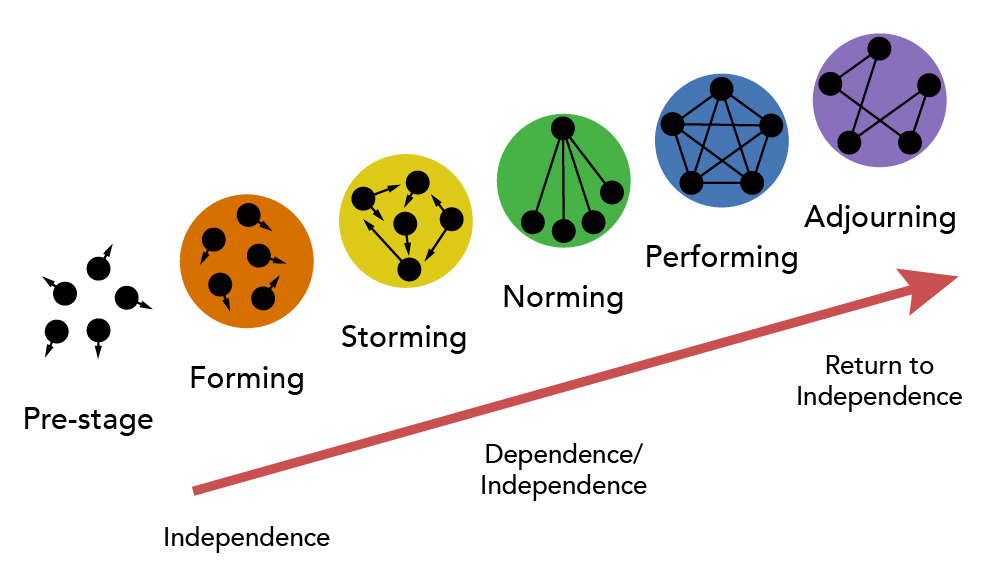Groups are an essential aspect of human existence, ranging from small teams to large organizations. Group Dynamics is a field of study that seeks to understand how the size and composition of groups influence cooperation, conflict resolution, and decision-making processes. By exploring the inner workings of collective behavior, researchers can draw valuable conclusions to improve team effectiveness and productivity.
One of the fundamental aspects of Group Dynamics is understanding how group size impacts group behavior. Smaller groups often exhibit higher cohesion and a stronger sense of camaraderie. With fewer members, communication tends to be more direct, and decision-making can be quicker. However, smaller groups may face limitations in terms of expertise and resources.
Conversely, larger groups offer access to diverse skill sets and perspectives. However, they may also encounter challenges in coordination, communication, and decision-making. As group size increases, the risk of subgroups forming and potential conflicts arising also rises.
Another crucial element of Group Dynamics is studying the role of leadership within a group. Effective leadership plays a pivotal role in fostering collaboration, resolving conflicts, and directing group efforts towards shared goals. Leaders must strike a balance between asserting authority and encouraging participation, ensuring that every team member feels valued and motivated to contribute.
Furthermore, understanding group norms and roles is vital for maintaining a healthy group dynamic. Group norms represent the unwritten rules and expectations that shape behavior within the group. Positive group norms promote trust, respect, and cooperation, while negative norms can lead to dysfunction and hinder productivity.
In conclusion, Group Dynamics offers valuable insights into the inner workings of collective behavior. By studying the impact of group size, leadership, norms, and roles, researchers can draw conclusions that aid in fostering effective teamwork, conflict resolution, and decision-making processes. Organizations can use these insights to create a supportive and collaborative environment that enhances group performance and achieves shared objectives.
ADDENDUM / POST-SCRIPT
I will need to revise this article with an addendum / post-script following further reflection
Partly because of more thinking about people, partners, confidants potentially being replaced by AI and the idea that we are defined by the relationship with others and if our relationship becomes virtual or digital (with an non-human AI?) how does that affect our self identify, belonging, culture and community.
Will we find ourselves defined by what AI thinks of us, just as social media has been able to seize are attention and redirect it to the highest bidder?
Post written in response to AI Driven Coaching...
Is this the commoditisation of anxiety and depression by using algorithms to offer belonging and purpose that was once the role of family, tribe, community, faith or culture. What does it say about us when we outsource and automate connection and kindness, and what else if that is chargeable. What are the ethical issues that arise when we create dependency on technology, in the wake of having given up our attention and objectivity to social media?



No comments:
Post a Comment